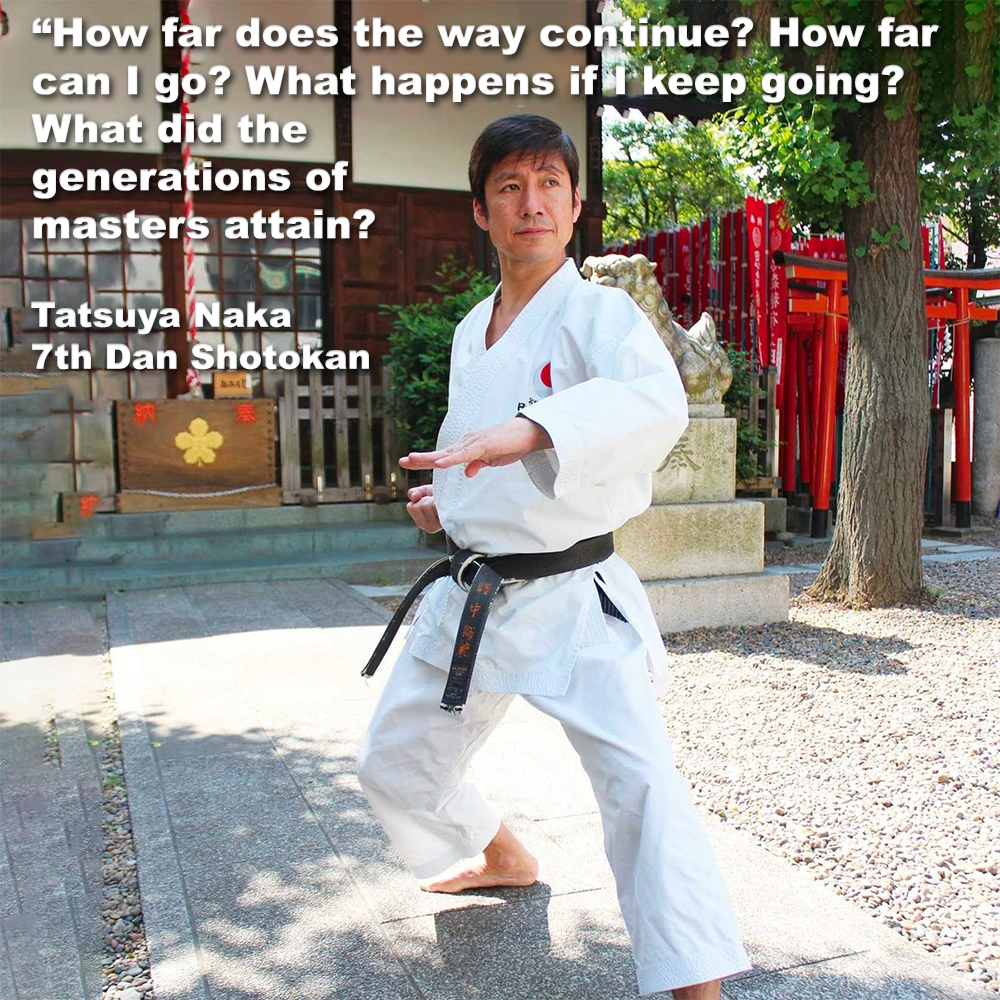
(2 minute 5 second read)
Karate-Do, the “way of the empty hand,” much more than the sum of its parts; a centuries-old tradition steeped in history, philosophy, and self-improvement.
.
Over generations, countless karate masters, including well-known figures such as Itosu, Higaonna, Funakoshi, Hanashiro, Kyan, Uechi, Miyagi, Toyama, Mabuni, Arakkaki, and many others, have dedicated their lives to its practice. But what exactly did these masters attain?
.
Their achievements extend far beyond mere physical prowess, encompassing a profound impact on individuals, communities, and the very essence of karate itself.
.
They managed to attain profound self-awareness; through rigorous training, they honed their physical and mental discipline, developing unwavering focus, resilience, and self-confidence.
.
Controlling their emotions, channel their energy, and pushing their limits, fostering a sense of inner peace and personal growth that went beyond the confines of the dojo walls.
.
This self-mastery became a guiding principle in their lives, impacting their relationships, careers, and overall well-being. Something all of us try to attain today.
.
For their communities, often these masters of karate served as pillars of strength and inspiration, although there were those too, perhaps that were not so virtuous. They passed down their knowledge and skills to future generations, ensuring the preservation of the art form and its core values.
.
They instilled in their students respect, discipline, commitment, and fostering a positive impact in their lives, sometimes, during extremely difficult and often dangerous times.
.
The most significant attainment of our revered karate masters, however, lies in their contribution to the evolution of karate itself. Each generation built upon the foundation laid by the previous, refining techniques, developing new styles, and adapting the art to changing circumstances.
.
They experimented, innovated, and challenged the status quo, pushing the boundaries of what was possible. This constant evolution ensured the continued relevance of karate, keeping it vibrant and adaptable.
.
But their legacy is not without its complexities.
.
In the pursuit of pragmatism for some and perfection for others, this could sometimes lead to rigidity and a dogmatic adherence to their own tradition.
.
Competition and rivalries between styles and individuals could create divisions and conflict.
.
Yet, these challenges also served as catalysts for growth, prompting self-analysis and a critical examination of the art’s core principles and the direction in which the art itself should go.
.
Their dedication, innovation, and unwavering commitment to karate, continue to inspire practitioners today, reminding us all that its true essence lies not just in physical prowess, but in the pursuit of self-improvement, and the ongoing evolution of a timeless tradition.
.
As we learn from their achievements and navigate the challenges of the present, we ensure that the legacy of these venerated karate masters continues to flourish for generations to come.
.
“An experience is more exciting when it makes me think ‘What is this?’ How far does the way continue? How far can I go? What happens if I keep going? What did the generations of masters attain? What happened to them by reaching that level?” – Tatsuya Naka 7th dan JKA Shotokan
.
.
Photo Credit: Tatsuya Naka and Budojapan
.
.
